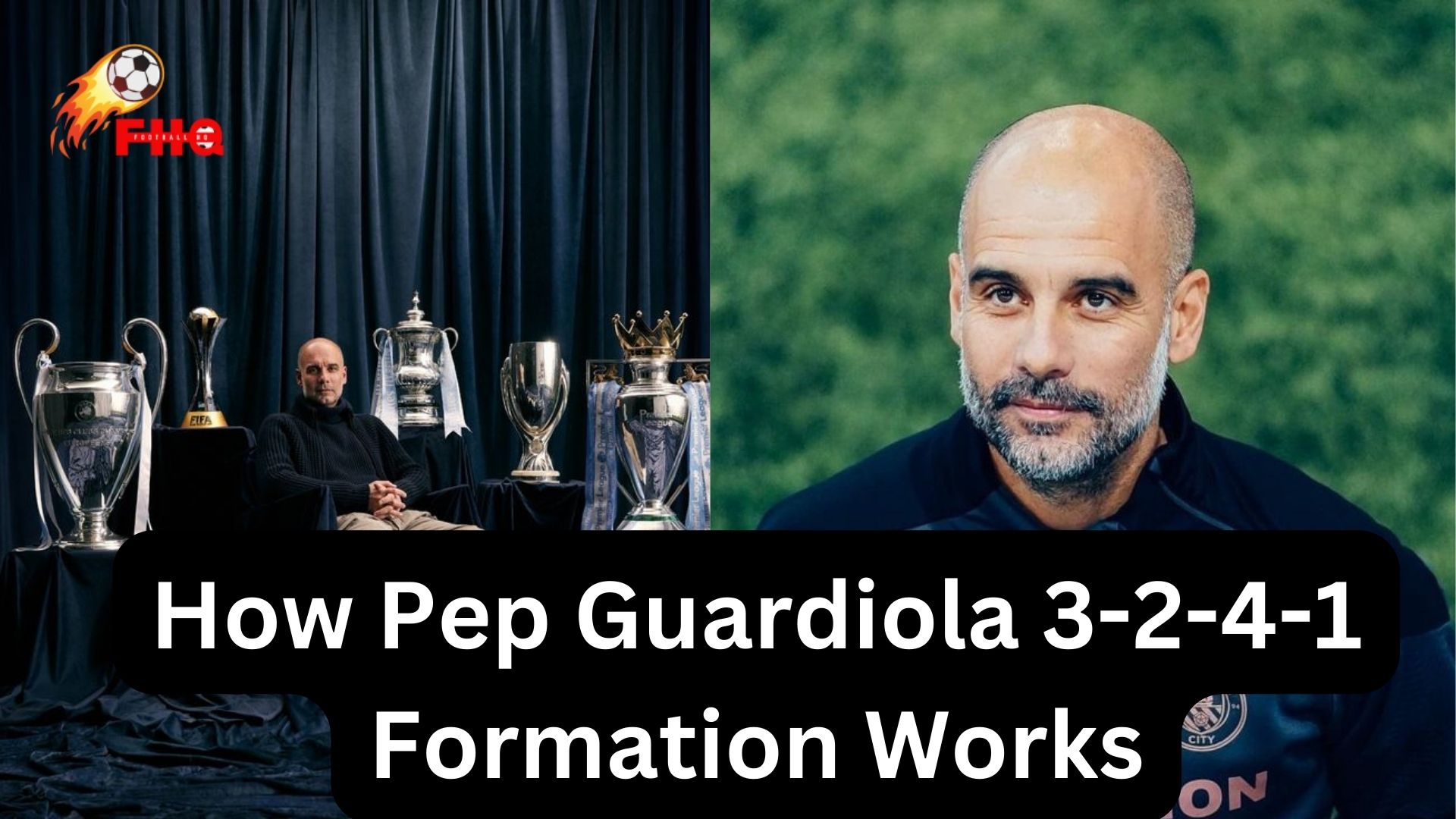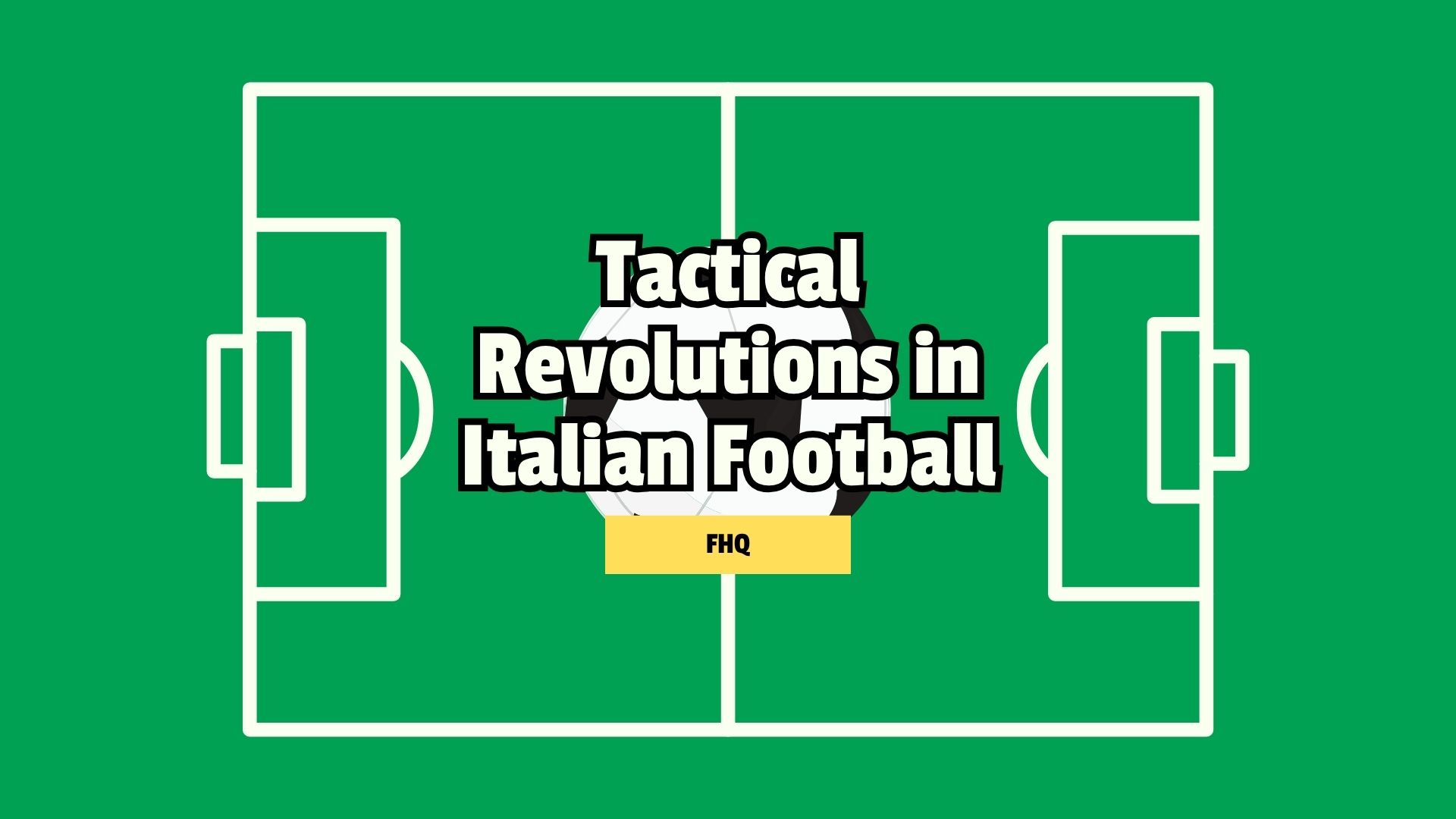
There’s nothing quite like watching football with an eye for the beautiful tactics that make this sport so captivating—and if you ask me, Pep Guardiola is simply genius. Over the years, I’ve found myself completely mesmerized by Pep Guardiola 3-2-4-1 Formation works and how it is effective. In this post, I’m diving headfirst into what makes this formation tick, why I believe Guardiola is the best coach in football history, and how his ideas inspire me every time I watch Manchester City tear apart their opponents.
A Tactical Masterpiece: The 3-2-4-1 Formation
At its core, the Pep Guardiola 3-2-4-1 Formation might sound like just numbers on paper, but trust me—when you see it in action, it’s nothing short of mesmerizing. This system packs defensive stability and attacking flair into one neat package. Imagine three central defenders protecting the back, a pair of midfield anchors who not only shield the defence but also jump into the play, and a dynamic attacking quartet that creates overloads in the final third, all supporting that lone striker who’s constantly on the move.
I’ve often wondered, “How do you play without traditional full-backs and still remain so rock-solid at the back?” Well, that’s where Guardiola’s brilliance comes into play. With players who are versatile enough to cover roles and switch positions seamlessly, the whole team transforms into a fluid, cohesive unit. It’s like watching chess in motion—each move is calculated, and every player knows exactly when to attack and when to defend.
More Than Just a Formation: How Does Pep Guardiola 3-2-4-1 Formation Work?
One of the reasons I’m such a die-hard fan of Pep is his unwavering belief in his tactical ideas. His preference for the 3-2-4-1 isn’t just a random choice—it’s a reflection of his deep understanding of the game and his innovative approach to both attack and defence. In his vision, this formation isn’t just about numbers; it’s about establishing numerical superiority in midfield and launching intricate attacking moves that leave opposition defences scrambling.
This system allows the team to control possession like few others. The double pivot—often filled by the rock-solid duo of defensive midfielders—adds a layer of security that’s simply unbeatable. And then there’s the creative spark from players like Kevin De Bruyne, whose role as an attacking midfielder is nothing short of inspirational. Watching him orchestrate play with his vision and passing is an absolute treat for any football enthusiast.
Breaking Down the Roles: Every Player’s Part in the Symphony
1. The Midfield Maestros
At the heart of Pep Guardiola 3-2-4-1 Formation, the midfield acts as the engine room of the team. The two defensive midfielders do more than just shield the back line—they recycle possession, offer passing options, and control the tempo. Their work is often unsung, but without these guys, the magic wouldn’t happen. I can’t get enough of the way they help transition the play from defence to attack with such ease.
2. The Dynamic Wide Men
Then there are the wide players or wing-backs who are essential to stretching the opposition. These players—think along the lines of Riyad Mahrez, or Bernardo Silva—are tasked with creating width and space, drawing defenders out of position, and delivering pinpoint crosses. Their overlapping runs and ability to deliver the perfect ball make them indispensable in Guardiola’s set-up.
3. The Lone Striker: The Focal Point
Every system needs a focal point up front, and in this case, the lone striker is the anchor of the attack. the striker’s movement, hold-up play, and knack for finding space in the opposition defence are crucial. When they drop deep to press or make runs into space, it not only troubles defenders but also creates space for those cutting in from the wings.
The Art of Building Up Play
One of the traits that make Manchester City so dominant is their ability to build up play from the back with precision and grace. Guardiola’s focus on purposeful passing, intelligent movement, and constant positional rotations ensures that no space is wasted. From Ederson’s precise distribution to the creative freedom of the midfielders and the incisive runs of the wide players, every move is part of a well-choreographed dance.
The full-backs, or in this case, the wing-backs, play a key role too. Their overlapping and underlapping runs are designed to stretch the play wide, creating triangles that allow the team to switch the ball rapidly and break down stubborn defences. It’s like watching an intricate, moving mosaic where every piece falls perfectly into place.
Defensively Sound & Offensively Fierce
Guardiola doesn’t just create attacking masterpieces; his defensive strategies are just as methodical. When out of possession, City’s players transform into a compact and organized unit. The idea of counter-pressing is fascinating—immediately after losing the ball, the team floods the pitch with pressure, forcing turnovers and denying any chance for the opposition to counter. This transition from defending to attacking is where City often stuns rivals, catching them off guard with their speed and accuracy.
The defensive structure—anchored by central defenders like Ruben Dias and supported by midfielders who drop back without hesitation—creates an almost impenetrable wall. Opponents may try to overload the wide areas or create mismatches, but the discipline and understanding between City’s players generally neutralize these threats.
Tackling the Weaknesses Head-On
No tactic is perfect, and even Guardiola’s genius isn’t without its vulnerabilities. One potential weakness is the reliance on attacking players to track back defensively. If the opposition manages to overload the midfield or exploit space in the wide areas, it can throw off the balance. However, knowing this, opposition coaches spend countless hours devising counter-strategies to exploit these slight gaps. And honestly, that only adds to the thrill—each match becomes a battle of wits and adjustments, a chess match on the pitch where every move counts.
My Final Thoughts On Pep Guardiola 3-2-4-1 Formation
As a passionate fan, what excites me most about watching this formation in action is not just the tactical brilliance but the sheer heart and soul that these players put into every match. Every clever pass, every daring run, and every last-ditch defensive tackle reflects a collective desire to push the limits of what’s possible in football. Guardiola’s willingness to evolve, adapt, and innovate makes every game a lesson in ambition and creativity. And that, my friends, is why I believe he is the best coach in the history of football.. There’s something truly magical about Pep Guardiola 3-2-4-1 Formation. It’s an embodiment of modern football’s tactical evolution—a beautiful blend of structure, creativity, and dynamic movement. For me, it represents more than just a way to win games; it’s a statement of what football can be when passion meets intellect. So, the next time you watch City dominate a match, take a moment to appreciate the genius of Guardiola’s system and let yourself be swept away by the poetry of the beautiful game.


